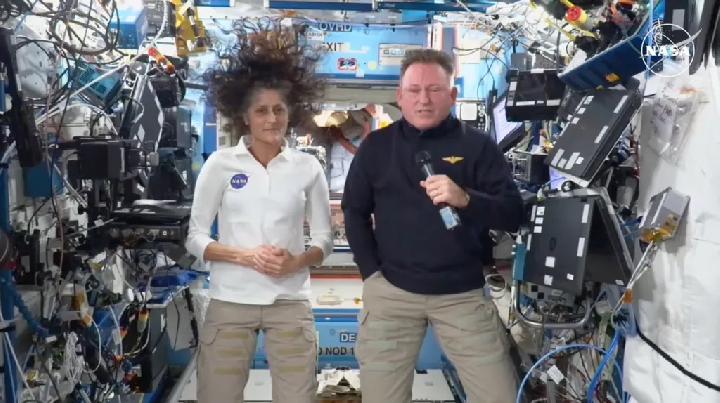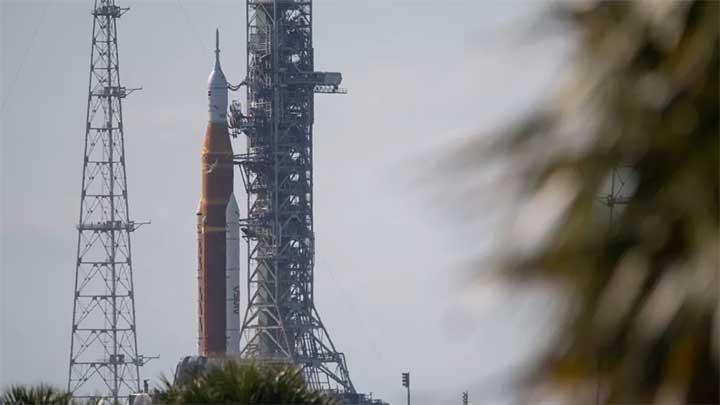NASA Rocket Launches into Aurora to Probe Geomagnetic Secrets
Reporter
April 8, 2025 | 03:35 pm

TEMPO.CO, Jakarta - Two NASA rockets were launched into the Alaskan Aurora on March 25 to study how the geomagnetic phenomenon affects the Earth's upper atmosphere. The launch also created a stunning light show in the northern Alaskan sky.
This experiment is part of the Auroral Waves Excited by Substorm Onset Magnetic Events (AWESOME) mission, led by a team of researchers from the University of Alaska Fairbanks (UAF). Two of three planned rockets were successfully launched from the Poker Flat Research Range, north of Fairbanks.
As the rockets crossed the aurora, they released bursts of gas or vapor tracers that produced colorful lights in the sky, visible from various northern regions of Alaska. The movement of this gas was recorded from the ground and will be used to measure atmospheric winds and the flow of charged particles in the upper atmosphere and ionosphere.
"I'm extremely pleased that we were able to get the conditions to line up to allow us to launch and to conduct the experiment," said Mark Conde, the lead researcher from the Geophysical Institute and a space physics professor at UAF, quoted from a report by Space.com, on Tuesday, April 8, 2025. "I am absolutely delighted," he affirmed.
The first rocket launched was the 42-foot Terrier-Improved Malemute, followed by the 70-foot Black Brant XII with a four-stage launch. Both released vapor tracers and pressure sensors at various altitudes during the auroral substorm, a sudden and brief increase in aurora intensity. The Malemute rocket also recorded the magnetic disturbances caused by the aurora.
The small instruments released during this experiment will help measure how the energy and momentum channeled into the middle and Earth's lower thermosphere through auroral substorms can affect its stability. Understanding the interaction between the Earth's upper atmosphere and auroras, which form from solar-charged particles interacting with the Earth's magnetic field and atmosphere, is expected to improve the ability to predict space weather.
During the launch, students and research staff from UAF were stationed at several observation points, such as Utqiagvik, Kaktovik, Toolik Lake, Eagle, Venetie, and Poker Flat, to record the experiment from various perspectives.
"Because we had the two-stage rockets deploying over central Alaska and the four-stage rocket deploying off the north coast of Alaska, we essentially were conducting two independent tracer experiments at the same time," Conde said. "And because the camera locations we needed were completely different for each of those rockets, we needed many camera sites to be clear at the same time."
Meanwhile, the launch of the third rocket, also a two-stage Terrier-Improved Malemute rocket, was postponed due to a problem with the motor that needed to be inspected. The NASA team is investigating a minor disturbance in one of the motor stages.
The third rocket was planned to carry additional tracers that needed to be released at dawn, when sunlight at high altitudes could activate vapor tracers, however, surface conditions were still dark enough for the cameras to capture their response to the air movements.
Editor's Choice: Moving Forward: NASA Astronauts Embrace Next Starliner Flight Despite Past Hiccups
Click here to get the latest news updates from Tempo on Google News




















